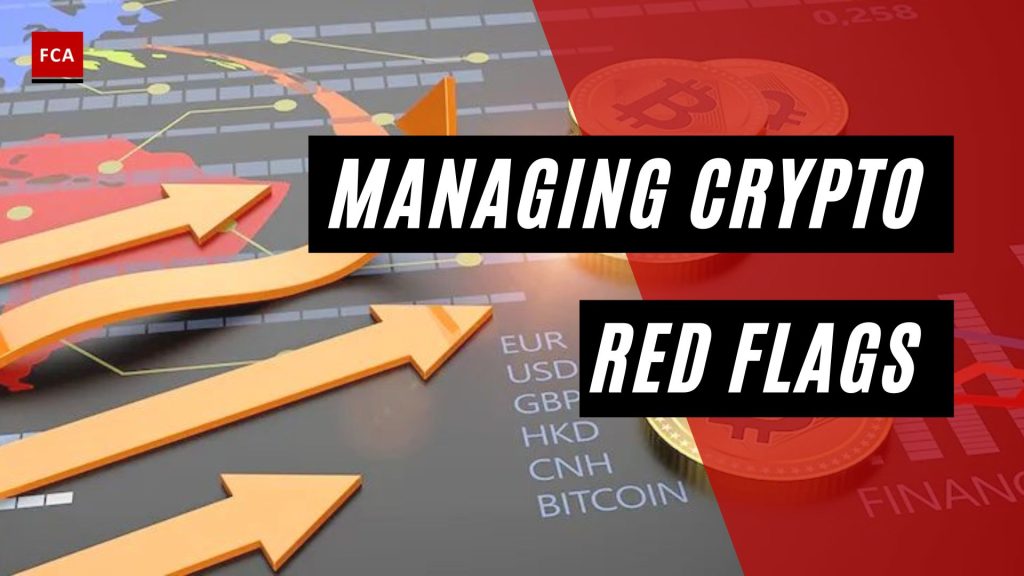Managing crypto red flags requires diligent monitoring of suspicious transactions, prompt investigation of unusual activity, and proactive implementation of robust security measures. Cryptocurrencies have revolutionized the financial landscape, providing new opportunities and challenges for individuals and organizations alike.
However, the anonymous and decentralized nature of cryptocurrencies also opens doors for potential money laundering activities. In order to combat illicit financial practices, it is crucial to identify red flags that may indicate money laundering within cryptocurrency transactions.
By recognizing these indicators, individuals and organizations can enhance their risk assessment capabilities and contribute to the integrity and security of the digital financial ecosystem.

Managing Crypto Red Flags: An Analysis of Causes and Effective Strategies
- Discrepancies between Submitted Customer Identification and IP Address: One important aspect to consider is inconsistencies between customer-provided identification and the associated IP address. For example, if a user claims to reside in the UK but consistently accesses their account from IP addresses located in Japan, it should raise suspicions as a potential red flag.
- Suspicious IP Addresses and Usernames: The combination of suspicious IP addresses and unconventional usernames, such as nicknames or ICQ numbers, can provide valuable insights for detecting potential criminal money flows.
- Login Activity from Non-Trusted IP Addresses or Previously Associated Suspicious Activity: Monitoring login attempts from untrusted IP addresses or IP addresses previously linked to suspicious activities is crucial for identifying suspicious behavior and potential unauthorized access.
Financial Red Flags
- Multiple Bank Accounts or Wallets under the Same Administrator: An excessive number of bank accounts or wallets controlled by a single administrator or exchange, even across different countries, may indicate the presence of flow-through accounts and layering activities. Validating the existence of a legitimate business rationale is essential in such instances.
- Cryptocurrency Customers or Exchanges Holding Accounts and Wallets in Unrelated Countries: Examining cases where cryptocurrency customers or exchanges are based in one country but hold accounts or wallets in unrelated countries, without clear justifications, raises suspicion and warrants further scrutiny.
- Back-and-Forth Movement of Cryptocurrency Funds: Frequent transfers of cryptocurrency funds between bank accounts held by different customers or virtual currency exchange companies in different countries can be indicative of layering activities, especially when they deviate from typical business practices.
- Volume and Frequency of Cash Transactions: Evaluating the volume and frequency of cash transactions conducted by cryptocurrency wallet owners is crucial. Even if these transactions are structured to remain below reporting thresholds, assessing their economic sense is vital for detecting potential money laundering activities.
By remaining vigilant and paying attention to these red flags, individuals and organizations can strengthen their anti-money laundering measures in the cryptocurrency realm, contributing to a safer and more transparent financial landscape.

Final Thoughts
Detecting money laundering red flags in cryptocurrency transactions is a critical step in combating financial crime and ensuring the integrity of digital financial systems. By paying close attention to indicators such as inconsistencies in customer identification, suspicious IP addresses, and unusual financial activities, individuals and organizations can proactively identify potential illicit activities.
By staying informed, vigilant, and leveraging advanced risk assessment practices, we can collectively contribute to a safer and more transparent cryptocurrency ecosystem. Let us remain committed to upholding the highest standards of integrity and accountability in the face of evolving financial threats.








